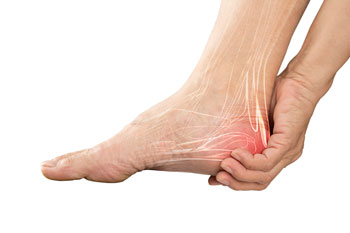
Symptoms of nerve damage in the feet can manifest in various ways. One common condition caused by nerve damage is foot drop. People with foot drop have difficulty lifting and holding up the front part of their foot. This leads to the foot dragging on the floor as the person walks. To avoid this, many patients develop an altered gait to compensate. They may lift their knees too high while walking and then slap their foot down onto the ground with each step. This is known as a steppage gait. Other symptoms of foot drop include numbness, tingling, and muscle weakness in the affected foot.
Foot drop can occur as a symptom of several underlying conditions. The most common cause is peripheral neuropathy, a type of nerve damage that affects the limbs. It is often associated with diabetes. Charcot-Marie-Tooth disease, a genetic condition that causes abnormalities in the sensory and motor nerves, frequently results in foot drop. Other potential causes include muscular dystrophy, peroneal nerve damage, polio, multiple sclerosis, amyotrophic lateral sclerosis (ALS), or stroke.
With proper treatment, many people who have foot drop are able to make a full recovery. Treatment options vary depending on the underlying cause of the condition. They may include wearing braces, splints, shoes inserts, or other orthotics to support the foot and keep it in the proper position, physical therapy to strengthen the muscles and restore the ability to walk, and nerve stimulation to retrain the nerves and muscles of the affected foot. In more severe cases, surgery may be needed to repair or relieve pressure on a nerve. Sometimes procedures on the bones and tendons of the foot may also be necessary.
If you have symptoms of foot drop, it is strongly suggested that you seek the care of a podiatrist.
